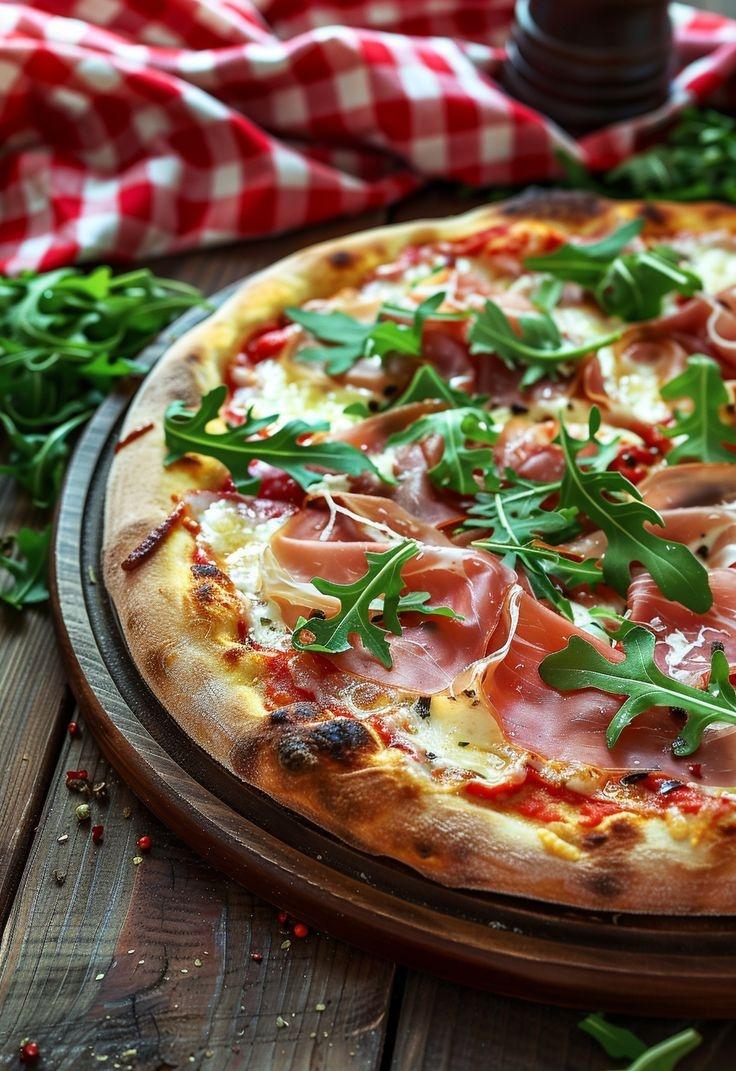Here at MorrowField, we are dedicated to the art of pizza. We have dedicated over thirty years to refining our dough and are thrilled to offer insight into achieving that perfect foundation for your pizza. Though we hold our precise recipe close to our heart, the guidelines we provide will help you bring a piece of our kitchen into your home.
Flour: The Key Ingredient
It all begins with superior flour. 00 flour is our choice; its fine milling and roughly 12% protein content strike a delicate balance—resulting in a dough that is both robust and pliable. In its absence, bread flour can be an alternate, albeit with a nuanced difference in texture.
Water: Temperature Affects Texture
Water temperature is vital for dough transformation. Cooler water at about 45°F (7°C) will slow fermentation and enhance flavor, while warmer water at 85°F (29°C) speeds up the process. A hydration level of 60-70% is typically ideal for home ovens.
Yeast and Time Go Hand in Hand
Flavorful dough benefits from less yeast and more fermentation time. We use a mere 0.2% of fresh yeast by weight of the flour and allow the dough to slowly ferment for 24-48 hours, which develops a rich taste and aids digestion.
Salt's Role Beyond Taste
Beyond flavoring your dough, salt fortifies gluten networks and regulates yeast activity. We use fine sea salt at a rate of 2.5-3% in relation to the flour’s weight, and it’s sprinkled in as the flour and water have begun their union, keeping clear from the yeast.
Fermentation: The Flavor Enhancer
Subsequent to mixing, your dough should rest at room temperature for a couple of hours; then, you divide it into portions for individual pizzas. Seal these portions in covered containers and refrigerate them between one and three days. In this stage, starches transform into sugars—dough enriches in flavor and achieves a crust with a lovely browning effect.
Handle with Thoughtfulness
To shape your pizza, bring the dough to room temperature an hour or two prior to baking and be gentle. The formation of the dough with your fingertips, rather than rolling it out, maintains the natural rise achieved by your dough’s air pockets.
Heat is the Final Ingredient
Your home oven may not reach the fiery heights of our wood-fired ovens, but a preheated pizza stone or steel for an hour will closely simulate the required intense bottom heat to produce a crust with the sought-after crispness and lightness.
Perfecting pizza dough is an ongoing experience. Take notes, tweak the recipe, and figure out what gives you the best results in your kitchen's unique environment.
For an up-close and personal lesson in dough preparation, join Chef Marius at one of our monthly pizza dough workshops where these methods are demonstrated thoroughly. See our events schedule for the next opportunity!

